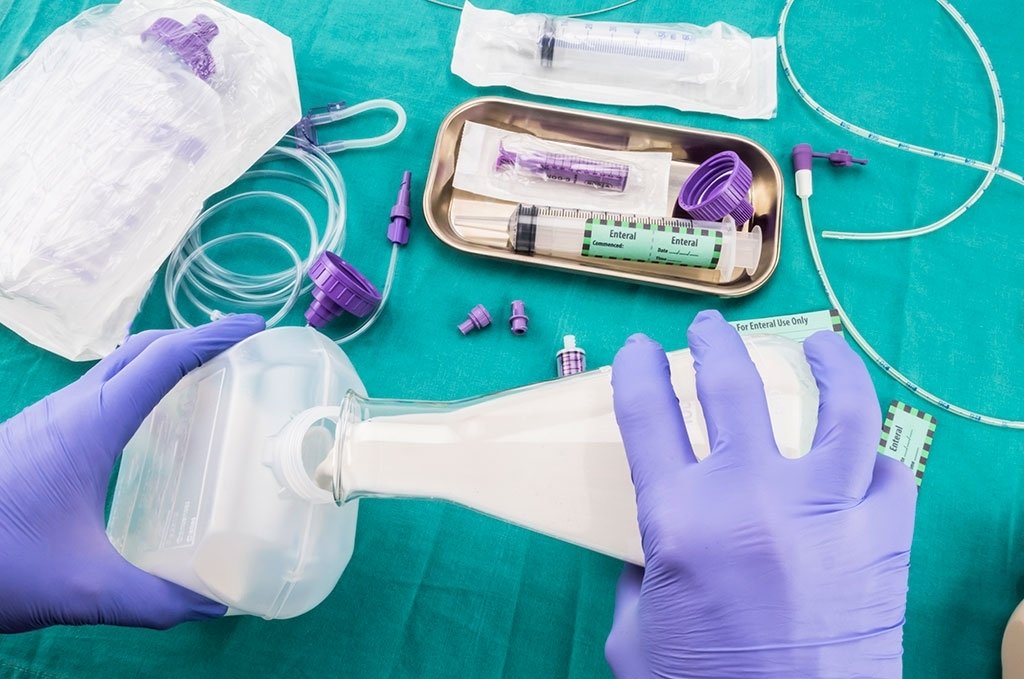- Diseases
- Acoustic Neuroma (14)
- Adrenal Gland Tumor (24)
- Anal Cancer (66)
- Anemia (2)
- Appendix Cancer (16)
- Bile Duct Cancer (28)
- Bladder Cancer (68)
- Brain Metastases (28)
- Brain Tumor (228)
- Breast Cancer (716)
- Breast Implant-Associated Anaplastic Large Cell Lymphoma (2)
- Cancer of Unknown Primary (4)
- Carcinoid Tumor (8)
- Cervical Cancer (154)
- Colon Cancer (164)
- Colorectal Cancer (110)
- Endocrine Tumor (4)
- Esophageal Cancer (42)
- Eye Cancer (36)
- Fallopian Tube Cancer (6)
- Germ Cell Tumor (4)
- Gestational Trophoblastic Disease (2)
- Head and Neck Cancer (6)
- Kidney Cancer (124)
- Leukemia (344)
- Liver Cancer (50)
- Lung Cancer (288)
- Lymphoma (284)
- Mesothelioma (14)
- Metastasis (30)
- Multiple Myeloma (98)
- Myelodysplastic Syndrome (60)
- Myeloproliferative Neoplasm (4)
- Neuroendocrine Tumors (16)
- Oral Cancer (100)
- Ovarian Cancer (170)
- Pancreatic Cancer (166)
- Parathyroid Disease (2)
- Penile Cancer (14)
- Pituitary Tumor (6)
- Prostate Cancer (144)
- Rectal Cancer (58)
- Renal Medullary Carcinoma (6)
- Salivary Gland Cancer (14)
- Sarcoma (236)
- Skin Cancer (294)
- Skull Base Tumors (56)
- Spinal Tumor (12)
- Stomach Cancer (60)
- Testicular Cancer (28)
- Throat Cancer (90)
- Thymoma (6)
- Thyroid Cancer (98)
- Tonsil Cancer (30)
- Uterine Cancer (78)
- Vaginal Cancer (14)
- Vulvar Cancer (18)
- Cancer Topic
- Adolescent and Young Adult Cancer Issues (20)
- Advance Care Planning (10)
- Biostatistics (2)
- Blood Donation (18)
- Bone Health (8)
- COVID-19 (362)
- Cancer Recurrence (120)
- Childhood Cancer Issues (120)
- Clinical Trials (622)
- Complementary Integrative Medicine (24)
- Cytogenetics (2)
- DNA Methylation (4)
- Diagnosis (226)
- Epigenetics (6)
- Fertility (62)
- Follow-up Guidelines (2)
- Health Disparities (14)
- Hereditary Cancer Syndromes (122)
- Immunology (18)
- Li-Fraumeni Syndrome (8)
- Mental Health (118)
- Molecular Diagnostics (8)
- Pain Management (62)
- Palliative Care (8)
- Pathology (10)
- Physical Therapy (18)
- Pregnancy (18)
- Prevention (890)
- Research (388)
- Second Opinion (74)
- Sexuality (16)
- Side Effects (602)
- Sleep Disorders (10)
- Stem Cell Transplantation Cellular Therapy (216)
- Support (404)
- Survivorship (322)
- Symptoms (184)
- Treatment (1768)
No stomach, no problem! Gastrectomy patient another step ahead after marathon
BY Megan Maisel
3 minute read | Published January 30, 2017
Medically Reviewed | Last reviewed by an MD Anderson Cancer Center medical professional on January 30, 2017
Marne Shafer thought her running days were behind her after she received a total gastrectomy, a surgical removal of the stomach and nearby lymph nodes. She braced herself for the worst.
At age 33, the mother of two and experienced marathoner, learned she has a CDH1 gene mutation, which is associated with high-risk of a rare type of stomach cancer called hereditary diffuse gastric cancer, as well as lobular breast cancer.
Marne came to MD Anderson for genetic testing after several family members passed away from stomach cancer, including her father, grandmother and aunt. Since screening isn’t successful in identifying the disease in its early stages, the recommended treatment plan was for Marne to undergo the prophylactic total gastrectomy. But the surgery revealed she already had stage I cancer, which was removed during the procedure.
“It seems counterintuitive to feel in full health and then go out and get your stomach removed,” she says. “People ask, ‘how are you still alive?’”
Life without a stomach
While she had a feeding tube for nearly two months and worked hard to get enough nutrients post-surgery, Marne credits her quick recovery to the expert care provided by her surgeon, Paul Mansfield, M.D., in addition to her history of running.
“I thought I was supposed to still feel horrible two weeks after my surgery. I didn’t have a lot of strength, but I didn’t think I would feel that much better,” she says. “At the end of the day, Dr. Mansfield is just awesome. He is very personable in addition to being one of the best doctors in the world. He is extremely knowledgeable, and he put me at ease about the surgery.”
After her stomach removal, Marne resolved to help others facing similar situations. She started a blog, Life Without a Stomach, to share her experiences, including challenges with eating.
Because Marne’s esophagus is connected to her small intestine as a result of the gastrectomy, she can eat and swallow, but it’s a slower process. She focuses on eating several small meals packed with protein and nutrients. “It’s like a forced, healthy diet,” she says.
In addition to blogging, Shafer raises awareness and funds for stomach cancer research.
“I think I was meant to have this so I can help other people,” she says.
The stomachless runner
Marne’s return to running is another way that she’s inspiring others, including Dr. Mansfield. Just months after her gastrectomy, she began training for a half marathon in Houston. Three years later, on Jan. 15, 2017, she completed the full Chevron Houston Marathon, coming in just one minute shy of her 3:21 personal record.
“It felt doubly important to run a marathon without a stomach,” Marne says. “Look what you can do!”
Running the marathon wasn’t without its unique challenges. Marne experimented during training to see if her body could process sugar gels used by long-distance runners to boost energy. Throughout the race, she couldn’t gulp water or sports drinks to remain hydrated. Instead, she had to pinch the top of the cups and slowly sip while she ran.
She had never been so excited to cross a finish line.
“I had so many people supporting me because they knew what a milestone it was. Everyone has a meaning for the marathon. For me, not having a stomach is something that I deal with. Only through your trials do you understand your strength.”
Request an appointment at MD Anderson online or by calling 1-877-632-6789.
Related Cancerwise Stories

Only through your trials do you understand your strength.
Marne Shafer
Survivor





